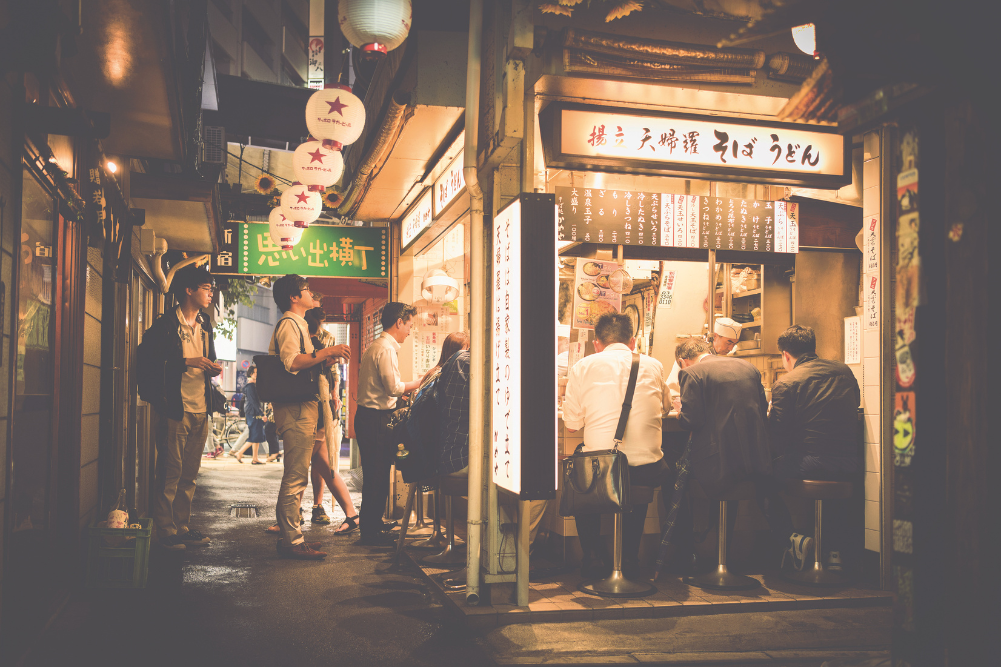How to face your fears
I am a psychologist with a phobia. While I think psychologists are allowed their own problems, I feel embarrassed that mine should have been a lifelong companion. I’ve spent 50 of my 53 years afraid to go in lifts, trains, trams, planes, tunnels … anywhere I might get trapped, in fact. However, finally, after 25 years of work and childrearing, life has been handing me some freedom to travel. About two years ago I reached a stage where even my childhood dream of seeing the northern lights was possible — if I could only stop panic and terror getting their way.
My phobia comes with panic attacks and I’m constantly set on “hyper vigilant” mode in a futile attempt to avoid even the remote likelihood that I might experience one. On a plane trip, I constantly scan for dangers. Is the air vent working properly? (Need air, need more air.) And the deal-breaker, courtesy of the flight crew: “Our apologies for the delay on the ground; we’ll be in the air in 15 minutes.” (Fifteen minutes? With the air not moving?) Suddenly it’s panic stations because I. CAN’T. GET. OUT. Why I don’t feel confined once the plane is moving is a mystery and, like all things phobic, isn’t rational.
Long decades of avoidance had meant that my phobia was no longer restricted to just planes, lifts, trams and trains, however; it had expanded to include too-tight clothing with zips that might get stuck, necklaces I might not be able to get off and toilet doors that might not open. I needed a kick-start, so I embarked on what I called my “Great Northern Lights Phobia Recovery Project”. With my husband’s encouragement, I bravely purchased our flights and northern lights cruise nine months in advance.
I didn’t want to see a psychologist, despite knowing several excellent ones who work with phobic clients. In my 20s, I did consult a reputable clinical psychologist. Impressed with my seemingly rapid progress during an exposure program, he jumped straight to the top of my “graded hierarchy” of feared situations: I agreed to press the “stop” button between floors in the clinic lift. Things did not go well.
Over the next few weeks I discovered that, while my body was learning to habituate, it would not be rushed.
So this time I decided to go it alone, made “treatment” a top priority and developed an action plan. I created a list of 28 situations from least to most challenging, with a train trip at the bottom and Melbourne’s Eureka Tower’s The Edge — an enclosed glass cube suspended three metres out from the building — at the top.
I spent two six-hour days each week getting on trains, trams and lifts in preparation for the first item on my list: a full train trip. The anticipatory anxiety would start straight away and I gently put it aside, again and again. Finally, day one of The Project dawned. Before leaving home, I did all my yoga breathing and meditation practices and prepared my “props”: a notebook to record my treatment hours, a book and an iPad (for distraction) and sedatives just in case (my GP allowed one script per year for “planned” anxiety emergencies). I didn’t want to use medication, but I needed a plan for when the train doors wouldn’t open and I’d be stuck in there for hours.
The 11am train from Frankston to the city on Melbourne’s southern rail line was not a busy one. I told myself that my racing heart, sweaty palms and general sense of dread were only to be expected since my “old” brain — more powerfully programmed to react emotionally to immediate experiences rather than complex thought and reasoning — didn’t know any better. Amazingly, after a couple of hours, I stopped feeling the familiar bolt of adrenaline as the doors closed.
Over the next few weeks I discovered that, while my body was learning to habituate, it would not be rushed. Each time I graduated to the next item on my list, it felt like the first time. I didn’t take the sedatives, but I did survive some panic attacks.
The first one came without warning. Suddenly a train got too crowded, so I bolted. The second time, it was a tram. A bit wiser now, I sat still and told myself to FEEL it. The more I allowed the feeling, the less it held me. When it finally launched a last-ditch attack, I told it to hurry up: “Is that all you’re capable of? Bring it on!” Victor Frankl, the famous Austrian psychiatrist and holocaust survivor, noticed that a “hyper-intention” to produce fear makes it impossible to experience it. As a psychologist this concept was familiar to me but, in that tram, on that day, it felt like the newest of discoveries.
My tally of hours grew. Once they got to about 50, I stopped recording them. I graduated to lifts, making it a rule to go up and down 10 times in each one, culminating in the Eureka Tower lift: up all 88 floors in 38 long seconds. I emailed the photo of “Mum at the Edge” to the kids as soon as I got home.
In March 2013, we saw the lights in Norway and it was so worth it. I survived seven plane trips, a ship’s cabin for six days, a cable car, bus trips and many public toilets. I panicked when we were about to enter a Dublin freeway tunnel, so we took minor roads and got lost for an hour and a half.
I still struggle with my phobia and I don’t feel “cured”. There are more trips planned, however, and I take public transport often. Focusing on staying “inside my body” has shown me how often I rush from one task to the next, unaware of my relentless scanning of the environment, not just for threats but for the next thing to rush to. When I hang out the washing these days, I watch my hands peg it out, listen to the birds and breathe the air that is always around me, even in closed spaces.
Karen Spehr is an environmental psychologist and director of Community Change. She was formerly a clinical psychologist in bereavement and palliative care.








